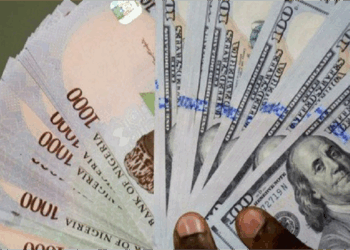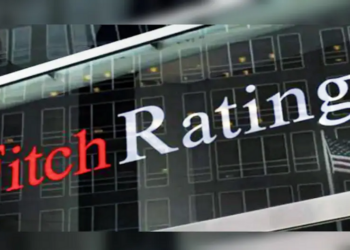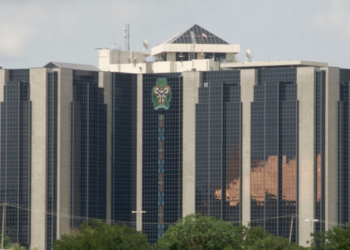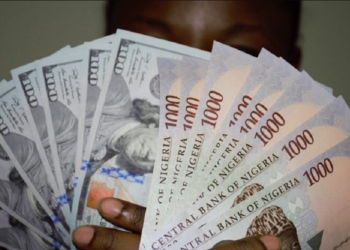The naira remained near its lows on the P2P market often regarded as the most accessible FX market, as weak dollar inflows have made it difficult for the CBN to support the Nigerian currency in the FX market.
At the time of writing, the exchange rate of the naira at the P2P market hovered around N1,200 to $1 as currency traders and speculators maintained a wait-and-see approach despite a report of the anticipated FX support from the African Export and Import Bank.
The dollar index futures rose about 0.2% each in London trade on Tuesday, the first working of the year, bouncing slightly from a five-month low after the haven currency index lost some 2% in 2023.
Afreximbank’s release of $2.25 billion out of the $3.3 billion foreign exchange (FX) support facility to Nigeria’s FG to relieve the acute liquidity shortage in the country’s FX market, hasn’t shown any positivity as traders maintain their positions.
The Economist Intelligence Unit stressed that Nigeria does not have sufficient foreign exchange reserves to support a unified exchange rate policy.
Volatility, price discovery difficulties, and stability in official markets are primarily caused by a lack of FX liquidity. Nigeria has approximately $7 billion worth of overdue foreign exchange forward contracts purchased by companies from local banks.
The new CBN chief said clearing the backlog was a priority but gave no timeline for how long it would take.
The naira’s current level at the P2P market affirms the street sentiments that reveal high demand for the greenback for school fee payments, medical bills, tourism, importation of inputs and other goods are high across major commercial banks.
The Nigerian local currency was the worst performing in Africa. The massive depreciation of the Naira began after the central bank allowed the currency to trade more freely in June, and the FG scrapped costly petrol subsidies.
The first trading day of the new year in the London trading session with the US dollar index trading higher, most notably against major currencies that include the Euro, British pound, and the Japanese Yen.
Sentiment toward Asian markets was also rattled by a devastating earthquake in central Japan, which destroyed scores of houses and disrupted train lines in the region thereby bolstering demand for the haven currency.
The US Dollar Index continues to gain ground, but it may encounter challenges again as market participants observed a dip in recent US labour data, Core PCE Inflation, and GDP Annualized.
However past price action shows that the naira has been unable to take advantage of such an opportunity
The dollar index was mainly hurt last year by expectations that the Federal Reserve would start cutting interest rates in early 2024.
Traders are pricing in a more than 70% chance of a 25-basis point rate cut in March 2024, according to CME’s FedWatch tool. However, at the time of March trading, the market was still grappling with a barrage of major economic indicators.
December non-farm employment data is scheduled to be released this Friday and is expected to be reflected in monetary policy.
Although the labour market appeared to have cooled in recent months, it was still relatively warmer than the Fed expected.
Inflation also remained well above the central bank’s annual target of 2% but slowed sharply into 2023. Fed officials warned that bets on near-term interest rate cuts were too optimistic, as the central bank expected further signs of slowing inflation and employment.

























